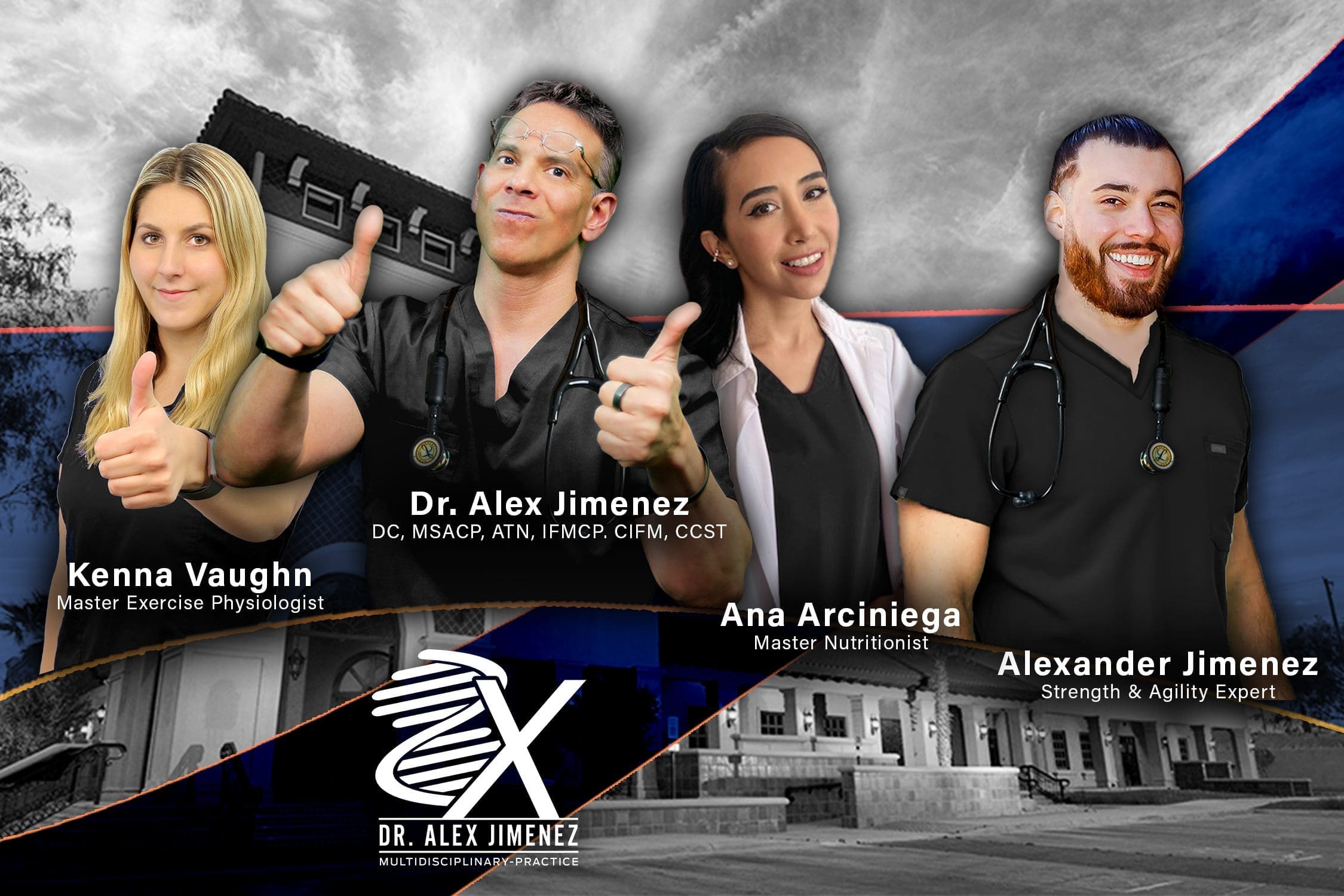Recover your password.
A password will be e-mailed to you.
Trending
- When You Don’t Stretch, Every Move Gets Harder
- Easy Ways to Reduce Holiday Stress with Exercise
- Avoiding Common Christmas Accidents This Holiday Season
- Magnesium Pain Relief: Top Supplements Explained
- Personal Injury Recovery: Fitness vs. Wellness Insights
- A Clinical Approach Analysis to Manage Opioid Use Disorder
- Pain Management Strategies for Opioid Therapy in a Clinical Approach
- Clinical Approach Strategies for Substance Use Disorder
- Activities to Improve Posture and Relieve Pain for All
- Functional Wellness Strategies Revealed for Autoimmune Conditions
Spine Care
Spine Care: The spinal column, also known as the backbone, is a strong, flexible structure. It holds the weight of the head and torso. It allows movement in many directions. If it were a straight, inflexible rod, it would make humans walk like robots. However, that is not the case. The spine is flexible (moved and supported by muscles), enabling the ability to twist, hit a golf ball and bend. The spinal column surrounds your spinal cord like conduit around an electric cord. It protects the spinal cord, which can be thought of as a bundle of nerves running from the brain, through the spinal column and branching out to the rest of the body. The spine consists of three natural curves; the neck curvature or cervical spine, the upper back curvature or thoracic spine, and the lower back curvature or lumbar spine, all which make a slight “S†shape when viewed from the side. The spine is an essential structure because it helps support the upright posture of humans as well as provide the body with flexibility to move and protect the spinal cord. Spinal care is important in order to ensure the body is functioning to its fullest capacity and Dr. Alex Jimenez strongly indicates across his collection of articles on spine care, how to properly support a healthy spine. For more information, please feel free to contact us at (915) 850-0900 or text to call Dr. Jimenez personally at (915) 540-8444.

